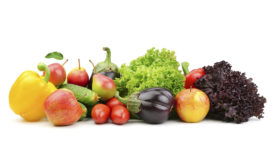Study: Growth of natural foods, beverages outpace overall food & beverage market
While natural products continue to grow 4-5% in natural and specialty retail outlets, conventional retail stores are seeing increased sales of natural products as well.
Read More




